HAPPY  BIRTHDAY
BIRTHDAY
 BIRTHDAY
BIRTHDAY |
As a way to introduce our brass coins to the community, we will raffle off a free coin during the month of August. Follow link ABOVE for instructions for entering. |
 |
 BIRTHDAY
BIRTHDAY All the best on your special day!
All the best on your special day!Enjoy your special day
Also from my side a friendly Happy Birthday, Daniel.
HAPPYBIRTHDAY
Happy Birthday, Daniel
I sure thank each one of you for your birthday wishes! 70 is a big one for me, seems kind of odd but happy to be here. I'm having a great day with my wife barbequing some baby back ribs.Hapy Birthday, Daniel!All the best on your special day
Thank you, Paul!Happy birthday my friend!
Thank you Dean!Happy Birthday Daniel!




Thanks Peter!Likewise, happy

Thanks Grant, had a wonderful day.Good morning Daniel. I’m a day late so I hope you had a wonderful birthday yesterday. Cheers Grant
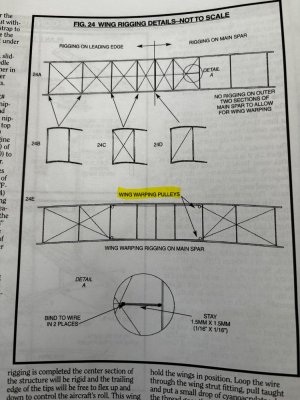
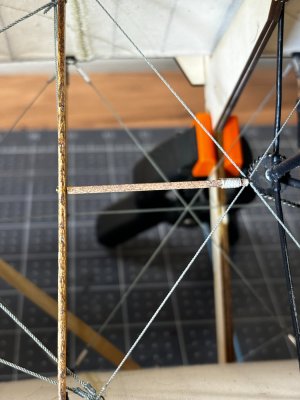
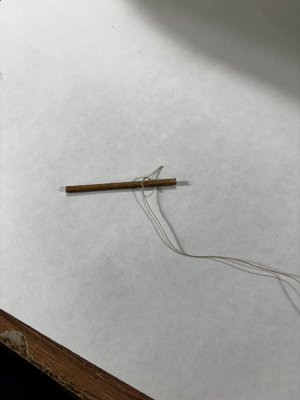
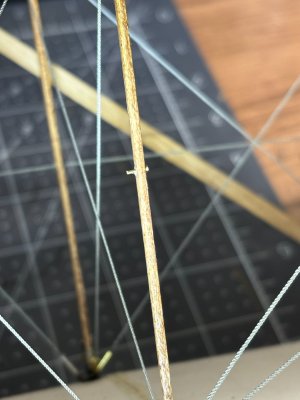
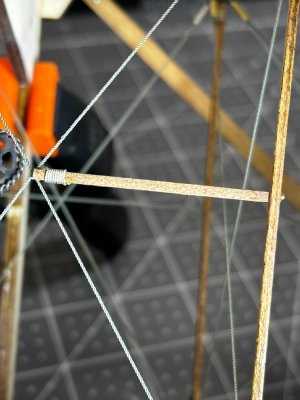
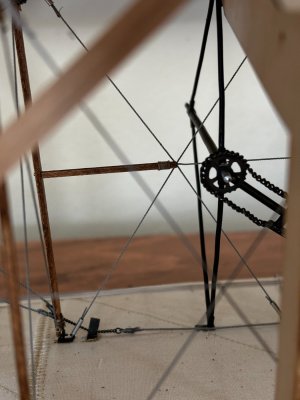
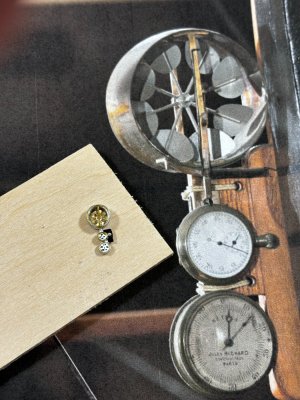
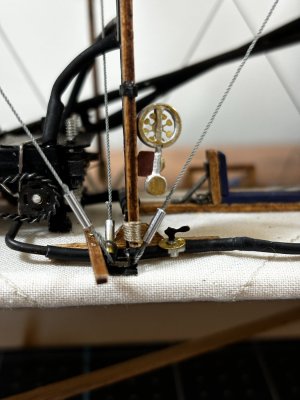
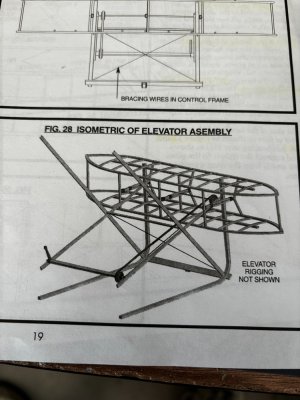

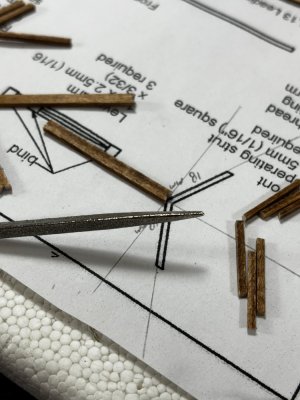
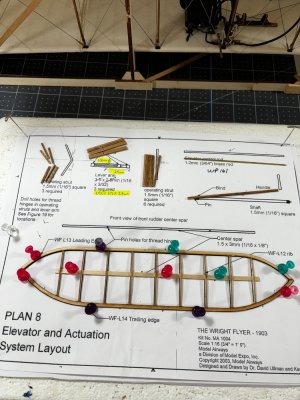
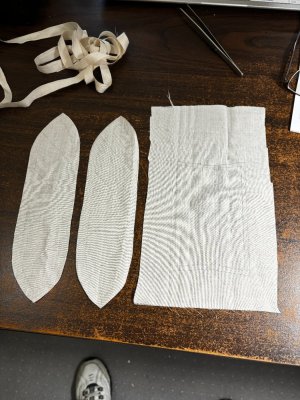
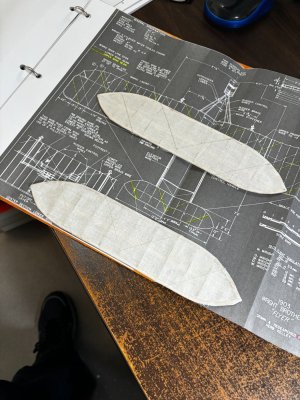
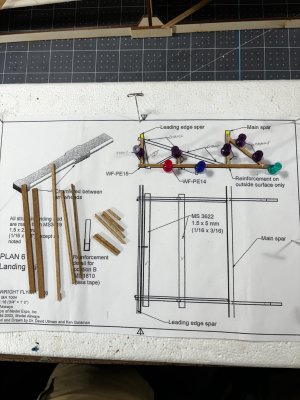
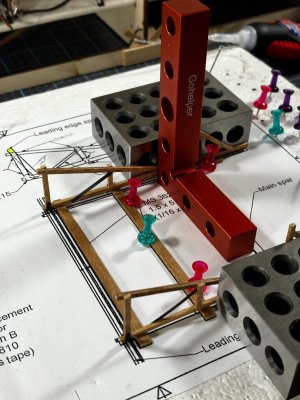
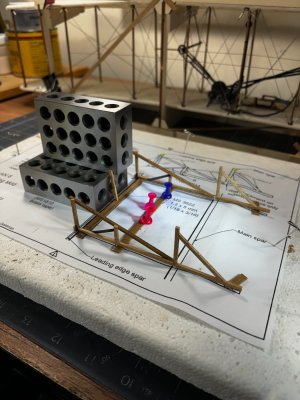
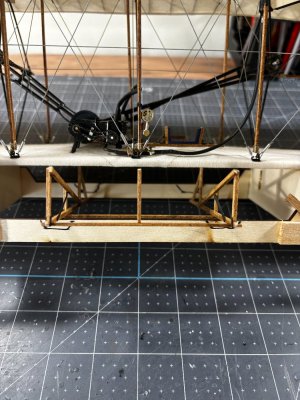
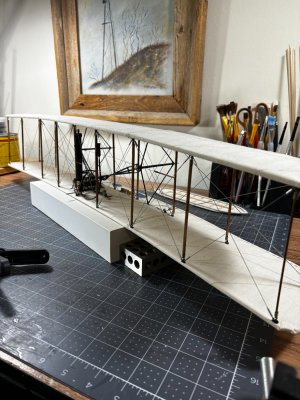
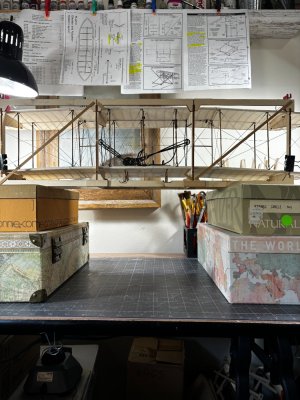
Sometime ’nature’ has to help you to get confidence in the old-fashion structures, Daniel. And gives you the opportunity to make that nice ‘free of the jig’ picture with the curved wing.During the notch out process the Flyer fell out of the jig, my heart stopped for a second until I realized this thing is strong as grandma's snuff, the anhedral angle stayed just right and here is a picture of her free from the jig.
Indeed, Peter during my career I also had the opportunity to assist in the demolition of some old bridges built back in the early 1900's before prestressed precast concrete was ever tried. Their concrete was just as tough as todays with square rebar and all very stout very hard to demolish.Sometime ’nature’ has to help you to get confidence in the old-fashion structures, Daniel.
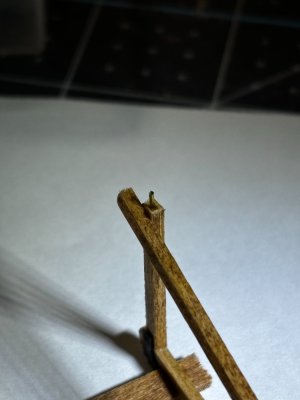
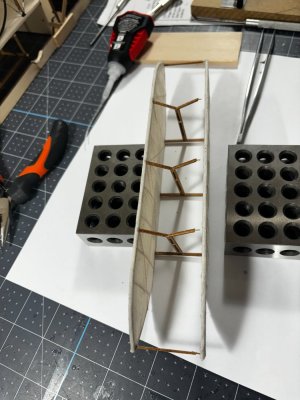
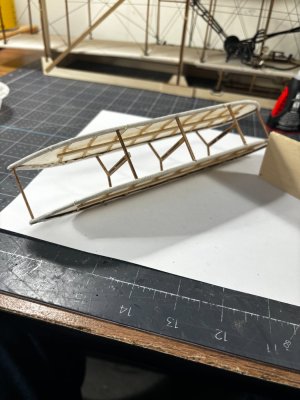
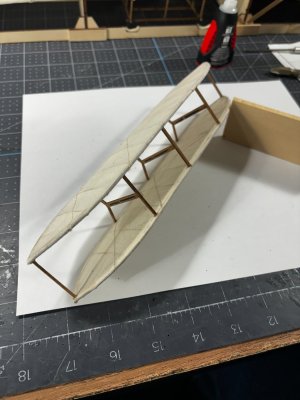
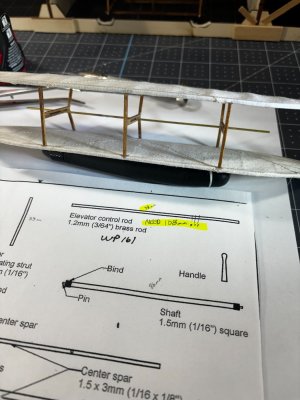
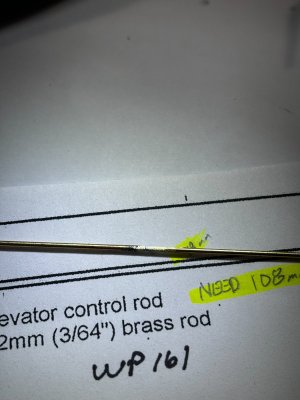
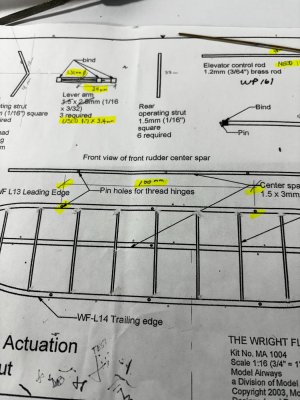

Thanks Dean.Looking great Daniel! Can’t wait to see her out of the jig!
